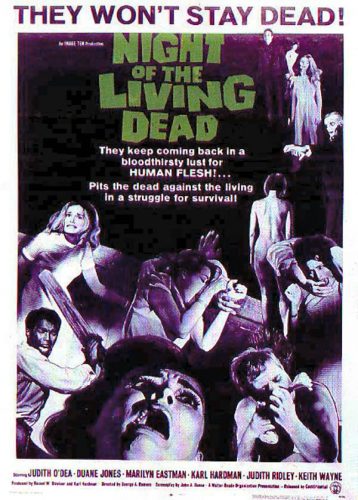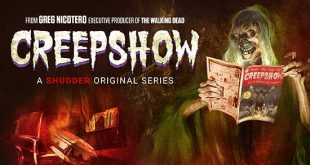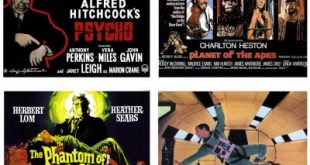
After George A Romero passed away on the 16th of July, BBC Nottingham got in touch with me to ask if I’d go on the air to talk about him. That chat sadly didn’t happen, but it did get me thinking about how Romero’s films were perceived. Sure, horror fans know his work inside out – particularly his early films – but to the world at large he will be remembered as ‘the guy who did those zombie movies’.
This is true to a certain extent, but while those classic films such as Night of the Living Dead, Dawn of the Dead and Day of the Dead all featured flesh-eating ghouls, they weren’t really about the zombies themselves. They were about people carrying out that most primal of instincts – to survive.
Be it Ben and Barbara in NOTLD, trying to get through the night any way they possibly can, or Peter, Francine, Roger and Stephen trying to stay alive through Dawn of the Dead or most of the other entries in his filmography, the heart of Romero’s movies was always the people trying to make it to the end credits alive.
In his 1978 vampire flick Martin (which Romero is on record as saying is his favourite of his own films), the focus is very much on Martin’s deepening psychosis rather than the acts he commits. In the Stephen King-scripted Creepshow, the anthology offered a series of morality tales wrapped in horrific imagery. In his controversial 1973 shocker The Crazies, the sense of paranoia and growing tension amongst the central characters feels almost like a character in itself.

In the 1990 film Two Evil Eyes, which took the form of two stories (one directed by Romero, the other helmed by Dario Argento, who had famously previously worked on Dawn of the Dead and its Italian cut – Zombi: L’alba Dei Morti Viventi), Romero’s portion again looks into human motivations, in this case capitalism, and turns it into a horror story.
Even though his filmography is littered with zombies, violence, blood and terrifying circumstances, those elements are always balanced by examinations of the human condition, what makes us tick and how we would react in bizarre and frightening circumstances.
That’s the gift of a truly great film-maker – one who can use genre film to help us to take a look at our own lives, the madness that surrounds those lives and how we deal with it all. Granted, most of us don’t have to batten down the hatches against a horde of marauding undead, but once a siege mentality kicks in, the social walls can tumble down and bring out both the best and worst of human nature.
Here was a film-maker whose legacy includes titles which influenced not only the horror genre but cinema itself. It has been documented that at times he would have liked more scope to branch out of the genre and into other styles (see Edgar Wright’s lovely piece on Romero, for example), but the projects he did complete include some of the most recognisable movies ever made.
What’s more, a lot of those films hold up very well even now. It’s easy for mainstream media to dismiss what Romero achieved. It’s easy for people who lack understanding to dismiss them as mere horror films, as at the peak of his powers, Romero made art that could masquerade as populist entertainment without ever losing the ability to point at the audience and ask – how would YOU deal with this?
Here’s to Romero.
 Horror News | HNN Official Site | Horror Movies,Trailers, Reviews
Horror News | HNN Official Site | Horror Movies,Trailers, Reviews





